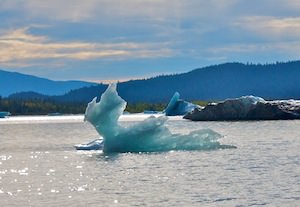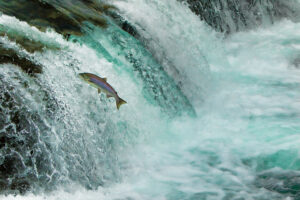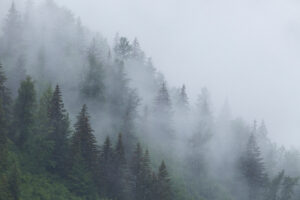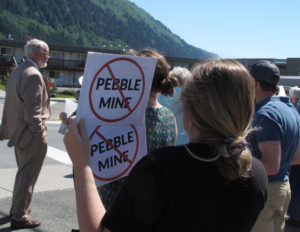Glaciers Are Melting Slowly but Surely
Most of the world's glaciers are retreating more slowly than the few that are shrinking fast. But new research confirms that almost all of them are losing mass.
By Tim Radford, Climate News NetworkThis article first appeared at Climate News Network.
LONDON — Forget, for the moment, the Greenland and Antarctic ice sheets: what about all the other stuff? What kind of difference does the melting of glaciers in Scandinavia, or Alaska, or the Himalayas make to the ocean levels?
Alex Gardner of Clark University, Massachusetts, and 15 colleagues from the US, Canada and Europe decided to take a closer look: their answer is that shrinking glaciers lost 259 billion tonnes (259 gigatonnes) of mass in the form of meltwater every year between 2003 and 2009, give or take 28 gigatonnes, an amount equal to around 30% of observed sea level rise.
This equals the combined losses from the permanent ice sheets that blanket, in layers thousands of metres thick, the two vast land masses of Greenland and Antarctica.
The scientists report their findings in the journal Science. They used both measurements on the ground – necessarily selective – and measurements from orbiting satellites, which naturally give a bigger picture, but also a more imprecise one.
The satellites carried instruments specifically designed to study ice loss: one was called GRACE, short for gravity recovery and climate experiment, and the other was called ICEsat – an ice, cloud and land elevation satellite. The first measured tiny changes in gravity as the ice melts away. The second used lasers to measure changes in height, and therefore volume.
The scientists also consulted an authoritative store of geographical data, the Randolph Glacier Inventory, which defines 19 glacier regions with a total area under flowing ice of 729,400 square kilometres. They chose the dates under study because for those six years, ICEsat and GRACE were both in orbit, and sending back data, and thus providing a record of both seasonal and overall ice loss during that time.
Long-term concern
The conclusion was that although the 300 most closely-observed glaciers, the ones that have caused the most alarm, are indeed losing mass at a disturbing rate, this is not the whole picture. The other 160,000 glaciers distributed across the planet are losing ice overall at a slower rate.
This sounds like relatively good news, considering that global anxiety about retreating glaciers was based mostly on direct measurements of famous or easy-to-observe ice flows. But the research confirms the big picture: that glaciers are in retreat almost everywhere.
And this spells problems in the long run everywhere: glaciers store winter water for summer irrigation, city water supplies and hydroelectric power. They keep rivers navigable, and they maintain mountain ecosystems.
If they shrink, that’s not good news for mountain creatures or the people, forests, plains and settlements downstream. The largest losses were from Arctic Canada, Alaska, coastal Greenland, the southern Andes and the high peaks of Asia. There was little loss from Antarctica’s glaciers.
Your support matters…Independent journalism is under threat and overshadowed by heavily funded mainstream media.
You can help level the playing field. Become a member.
Your tax-deductible contribution keeps us digging beneath the headlines to give you thought-provoking, investigative reporting and analysis that unearths what's really happening- without compromise.
Give today to support our courageous, independent journalists.






You need to be a supporter to comment.
There are currently no responses to this article.
Be the first to respond.